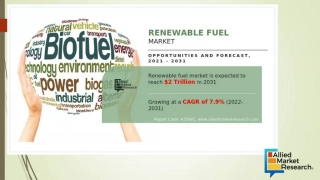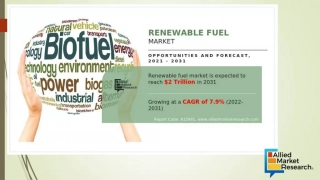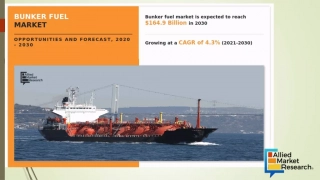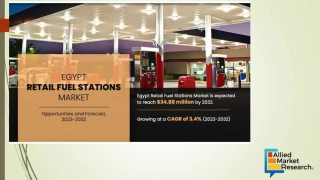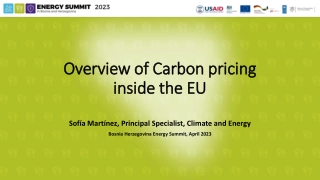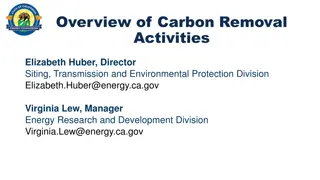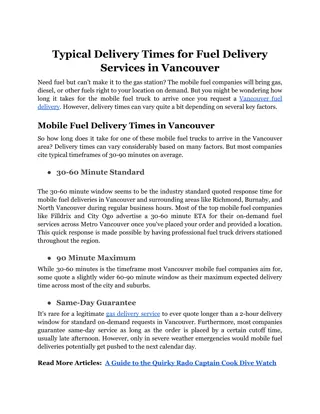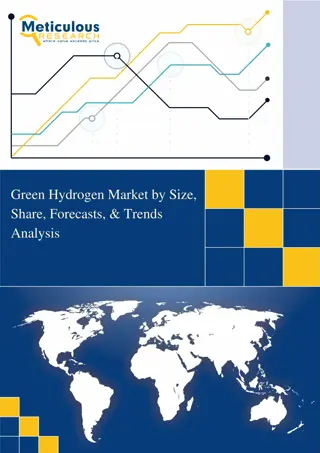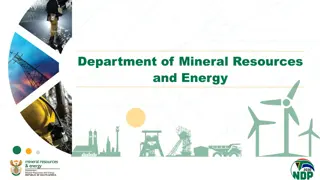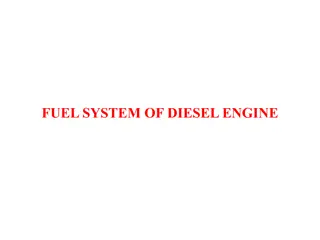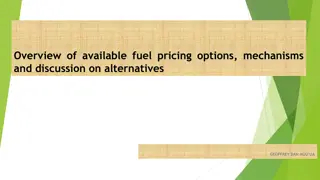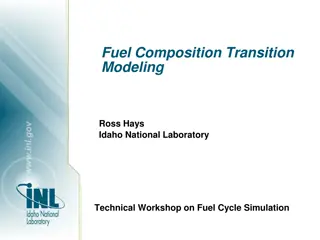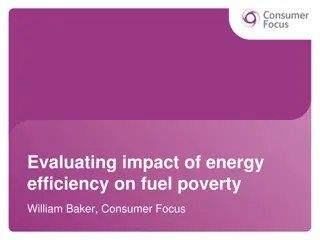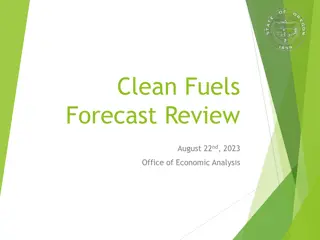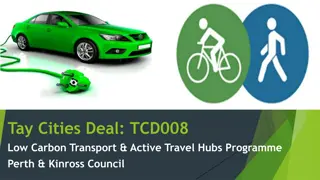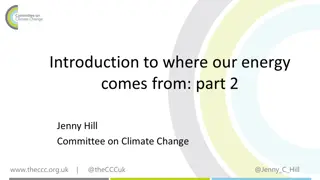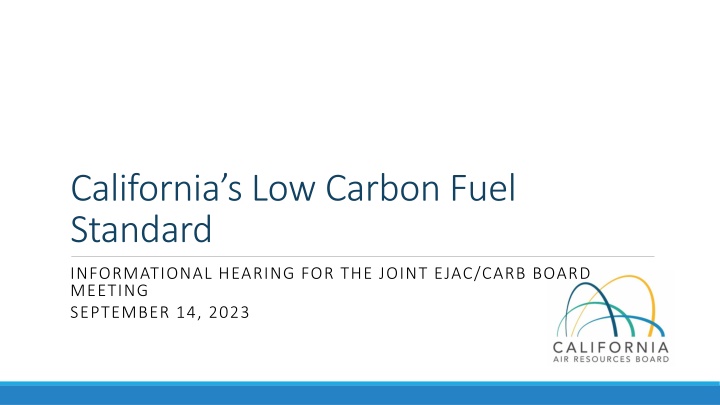
California's Low Carbon Fuel Standard Overview
California's Low Carbon Fuel Standard (LCFS) aims to reduce greenhouse gas emissions in transportation fuels, achieving carbon neutrality by 2045. The program sets annual carbon intensity targets, supports an energy transition, and drives investment in low-carbon fuels. Key concepts include displacing fossil fuels, promoting equity, and incentivizing clean fuel production.
Download Presentation

Please find below an Image/Link to download the presentation.
The content on the website is provided AS IS for your information and personal use only. It may not be sold, licensed, or shared on other websites without obtaining consent from the author. If you encounter any issues during the download, it is possible that the publisher has removed the file from their server.
You are allowed to download the files provided on this website for personal or commercial use, subject to the condition that they are used lawfully. All files are the property of their respective owners.
The content on the website is provided AS IS for your information and personal use only. It may not be sold, licensed, or shared on other websites without obtaining consent from the author.
E N D
Presentation Transcript
Californias Low Carbon Fuel Standard INFORMATIONAL HEARING FOR THE JOINT EJAC/CARB BOARD MEETING SEPTEMBER 14, 2023
GHG Reduction Targets Achieved AB 32 target in 2014 600 ACHIEVING CARBON NEUTRALITY BY 2045 500 2020 Target 1990 Levels (AB 32) 431 MMTCO2e AB 32 GHG Inventory Sector Emissions 400 MMTCO2e/year 300 40% 2030 Target (SB 32) 200 100 85% GHGs included in statute: Carbon dioxide (CO2), Methane (CH4), Nitrous oxide (N2O), Hydrofluorocarbons (HFC), Perfluorocarbons (PFC), Sulfur hexafluoride (SF6), Nitrogen trifluoride (NF3). 2045 Target (AB 1279) 0 2000 2005 2010 2015 2020 2025 2030 2035 2040 2045 2
LCFS Supports an Energy Transition 12.6% reduction in the carbon intensity of California's transportation fuels Over 25 billion gallons of petroleum fuels displaced by low- carbon fuels 50% biomass-based diesel in Q1 2023, resulting in PM and NOx benefits Supports many State programs and goals, including cars and trucks going to zero- emission vehicles $4 billion annually to support low-carbon investments Rebates for vehicle purchases at the state and local level 4
How the LCFS Works Establishes an annual, declining carbon intensity (CI) target for transportation fuels used in California Carbon intensity is the measure of life cycle GHG emissions The lower carbon a fuel is, the more credits can be generated Program increases cost of high- carbon fossil fuels and supports low-carbon fuels 5
LCFS Drives Investment & Fuel Diversification Fuel Volumes Credits 3,500 30.0 3,000 25.0 Fuel Volume (Million GGE) Credits (Million MT) 2,500 20.0 2,000 15.0 1,500 10.0 1,000 5.0 500 0 0.0 2011 2013 2015 2017 2019 2021 2011 2013 2015 2017 2019 2021 Ethanol Biodiesel Renewable Diesel Fossil Natural Gas Biomethane Electricity 6
Key Concepts for Rulemaking Increase the stringency of the program to displace fossil fuels Strengthen equity provisions to promote investment in disadvantaged, low-income and rural communities Support electric and hydrogen truck refueling Include fossil jet fuel as a deficit generator Incentivize more production of clean fuels needed in future, such as low-carbon hydrogen Support methane emissions reductions and deploy biomethane for best uses across transportation and other sectors 7
Example of Transport Fuel Changes Under 30% CI Scenario Reflects strong LCFS support for zero-emission vehicles (electricity and hydrogen) Continued role for alternative fuels on path to carbon neutrality 8
Example of AQ/Health benefits Under 30% CI Scenario Implementation of rulemaking concepts results in public health benefits for California Reduction in criteria pollutant emissions 17,000 tons of NOx reductions 4,100 tons of PM2.5 reductions Monetized health savings from avoided health outcomes: $5 billion Avoided health outcomes include cardiopulmonary mortality, cardiovascular illness, cases of asthma onset, lung cancer incidence, and more 9
Incentivizing Zero-Emission Infrastructure Since 2019 LCFS has supported light duty ZEV refueling infrastructure 3800 fast chargers, 67 hydrogen stations approved to date Refueling infrastructure will be essential to successfully implementing Advanced Clean Fleets (ACF) and Advanced Clean Trucks (ACT)* 2022 Scoping Plan Update calls on LCFS to support necessary refueling infrastructure CARB s Low Carbon Transportation Funding Plan emphasizes need for equity investments LCFS concepts: Create an infrastructure crediting provision for Medium- and heavy- duty refueling for zero-emission vehicles (electricity and hydrogen) Extend existing light-duty vehicle provision with focus on equity *ACF Board Resolution: https://ww2.arb.ca.gov/sites/default/files/barcu/board/res/2023/res23-13.pdf 10
General Feedback Weve Received Strengthen carbon intensity targets Provide long-term price signals and maximize crediting opportunities Concentrate health and economic benefits in communities burdened by current transportation system Support medium and heavy-duty fueling/charging needed for public transit and near key freight hub and ports. Increase flexibility for utilities to spend credit proceeds on equity projects Provide a variety of low-carbon transportation incentives to communities 11
Upcoming Milestones Q1 2024: Board consideration and vote on Regulatory Proposal Q4 2023: Rulemaking Package released, 45-day comment period begins Q3 2023: 2024: Targeted effective date SRIA published and available to public 12

